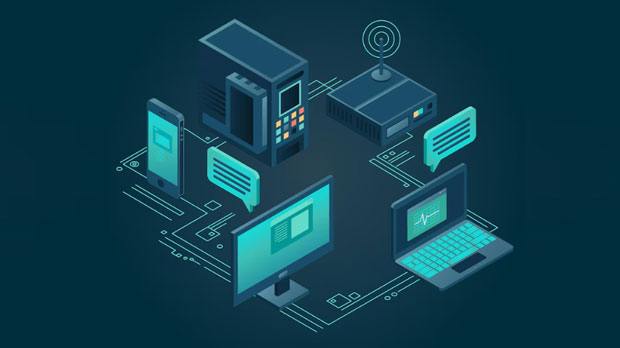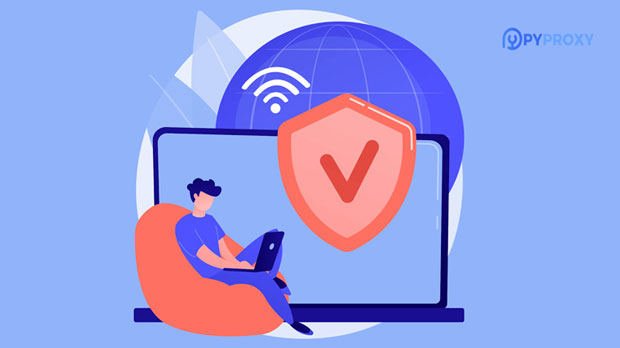In the ever-evolving digital world, proxies are essential for a wide range of applications, allowing users to enhance privacy, improve security, and access restricted content. However, choosing between residential proxies and data center proxies is not always straightforward. While both proxies serve similar functions, certain use cases demand the specific advantages offered by residential proxies. In this article, we will explore these scenarios in depth, providing a comprehensive guide to help you determine when residential proxies should be the preferred choice over data center proxies. Understanding Proxies: Residential vs. Data CenterTo begin with, it’s important to understand the key differences between residential proxies and data center proxies. Residential proxies are real IP addresses assigned by Internet Service Providers (ISPs) to home users. These proxies originate from real devices connected to residential networks, which makes them highly trustworthy and difficult to detect. Data center proxies, on the other hand, are provided by data centers and typically represent IP addresses generated from high-powered servers. They tend to be faster but are easier to identify, which may result in blocking or banning by websites.1. Web Scraping and Data HarvestingOne of the most common applications for residential proxies is web scraping and data harvesting. When extracting large amounts of data from websites, especially those that implement sophisticated anti-bot measures, data center proxies are often detected and blocked. Websites can easily identify patterns indicative of data center IP addresses, leading to automatic bans. Residential proxies, however, mimic regular user behavior since they come from real devices, making it less likely for them to be flagged or blocked.This makes residential proxies an essential tool for businesses involved in market research, competitive analysis, and price aggregation. They allow users to collect valuable data without being hindered by anti-bot protection systems that commonly target data center proxies.2. Accessing Geo-Restricted ContentGeo-restrictions are a significant barrier for users attempting to access content available only in certain regions. For streaming services, social media platforms, and news websites, using a residential proxy allows users to bypass geographical restrictions by routing their connection through an IP address from the targeted region. Data center proxies often fail in this scenario because they are easily flagged for multiple connections coming from the same IP range, which suggests the use of proxy servers.Residential proxies, however, offer a more authentic experience because the IP addresses originate from residential areas, mimicking real user traffic and making it harder for websites to detect proxy usage. This feature is particularly beneficial for accessing content in countries with strict geo-blocking policies.3. Account Creation and ManagementWhen it comes to creating multiple accounts for various platforms, residential proxies are the preferred choice. Many websites, particularly social media networks and e-commerce platforms, monitor for unusual account creation activities. When large numbers of accounts are created from data center IPs, these platforms may flag the accounts as suspicious or block them outright.Using residential proxies allows users to create accounts from diverse IP addresses that appear to belong to legitimate residential users. This significantly reduces the chances of triggering security protocols that detect unusual patterns, which are common when using data center proxies.4. Sneaker Bots and TicketingIn industries such as sneaker reselling or concert ticketing, speed and anonymity are critical. Both fields often face intense competition for limited stock, where buying bots are deployed to purchase high-demand items as soon as they are released. Websites in these sectors often implement strict anti-bot measures to prevent scalping and ensure fairness. Data center proxies, while fast, are easily identifiable as bots, and many websites now have systems that can detect and block them immediately.Residential proxies, with their legitimate and less identifiable traffic, are harder to block. This gives users the upper hand, allowing them to bypass bot detection and secure the products or tickets they are after. In these competitive fields, using residential proxies is often essential for success.5. Managing Reputation and Avoiding IP BlacklistingMaintaining a good online reputation is important for brands, and some businesses need to manage their reputation by gathering reviews or interacting with users on platforms like forums and social media. When using proxies for these activities, it is crucial to avoid being detected as a bot. Data center proxies can lead to quick identification and result in IP blacklisting, which can harm the reputation of the business.Residential proxies provide a safer alternative, as their IP addresses are spread across various locations and appear as normal, everyday users. This makes it less likely that businesses will face penalties or bans from using these proxies to manage their reputation or engage with customers.6. Online Ads and Marketing CampaignsIn digital marketing, particularly for pay-per-click (PPC) campaigns or SEO monitoring, it is crucial to simulate real-world activity. Using data center proxies to test ads, track keywords, or analyze competitors’ strategies may not yield reliable results, as these proxies can skew the data due to their easily detectable nature. Residential proxies are more effective in these scenarios, as they allow marketers to emulate the behavior of real users. This ensures that the data gathered is authentic and free from artificial interference.Moreover, when running ads across different countries, residential proxies allow users to bypass geo-restrictions and simulate location-based targeting, providing more accurate results for global marketing campaigns.7. Social Media Automation and BottingSocial media platforms, such as Instagram, Facebook, and Twitter, have increasingly tightened their security protocols to combat spam, bots, and fake accounts. Data center proxies, often used for automation tasks like liking, following, or commenting, are easily detected due to patterns of activity that don’t resemble those of regular users. As a result, accounts using data center proxies are often banned or shadowbanned.Residential proxies are more suited to social media automation because they mimic the behavior of a real user, making it harder for platforms to identify and block the proxy usage. This is especially important for businesses or individuals using social media automation to grow their presence online.ConclusionIn conclusion, residential proxies offer distinct advantages over data center proxies for specific applications that require authenticity, reliability, and discretion. While data center proxies can be beneficial for tasks requiring speed and efficiency, residential proxies are necessary when dealing with complex use cases such as web scraping, geo-restricted content access, account management, sneaker bots, reputation management, online ads, and social media automation. Understanding when to choose residential proxies over data center proxies can significantly enhance the success and effectiveness of various online activities.
Jul 09, 2025



































































